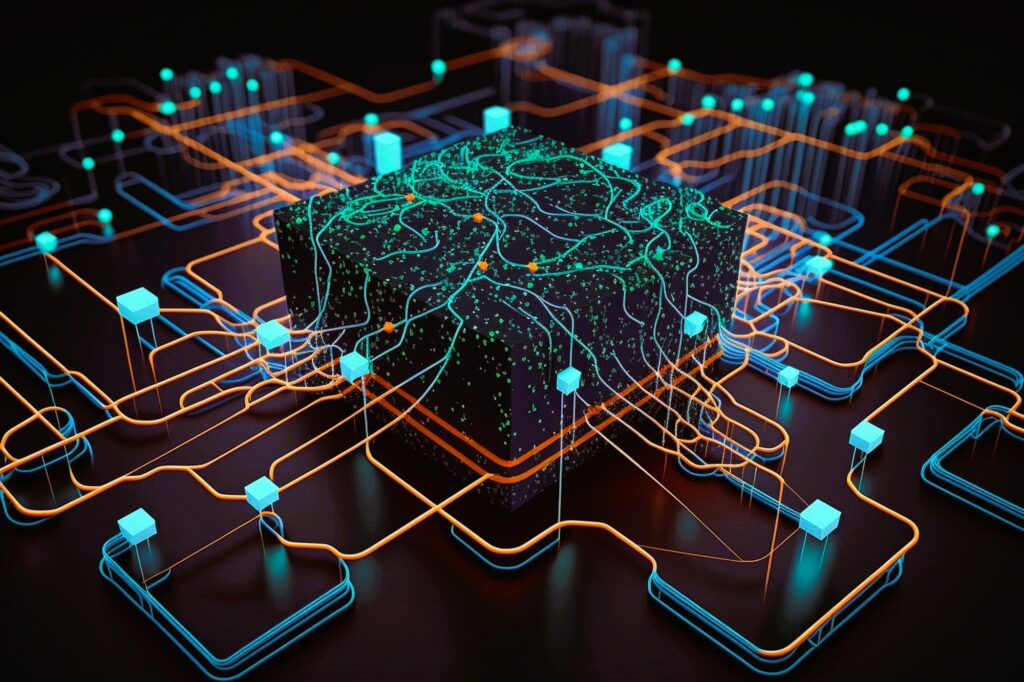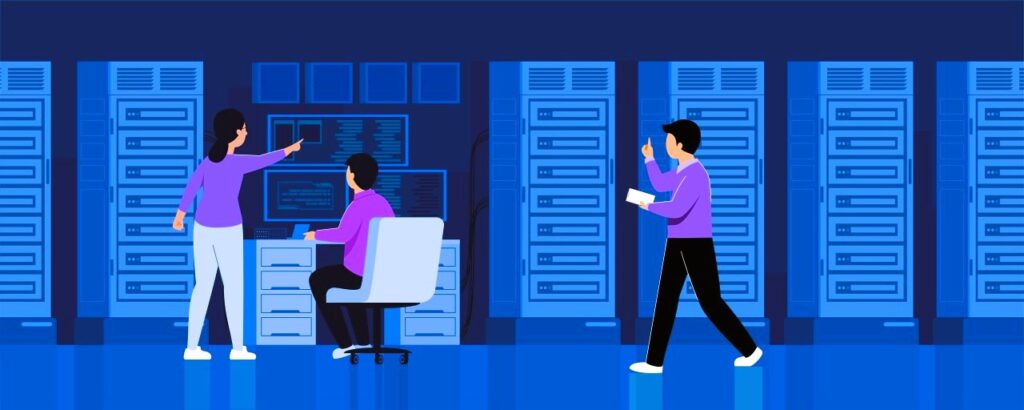Future Innovations in Virtual Data Room Technology
Virtual Data Rooms (VDRs) have become indispensable tools for secure document management, particularly in sectors requiring stringent data confidentiality, such as mergers and acquisitions, legal proceedings, and corporate audits. As we look to the future, the evolution of VDR technology promises exciting advancements that will further enhance their functionality, security, and user experience. This article explores anticipated innovations in VDR technology, offering insights into how these advancements might shape the future of data management.
Artificial Intelligence and Machine Learning
Artificial Intelligence (AI) and Machine Learning (ML) are set to revolutionize Virtual Data Rooms. AI-driven technologies are expected to bring significant improvements in several areas:
- Automated Document Analysis: AI can automate the process of document review, categorization, and extraction of relevant information. Advanced algorithms will be able to analyze large volumes of documents quickly, identifying key data points and patterns that may be crucial during due diligence or legal proceedings.
- Predictive Analytics: ML algorithms will enhance predictive analytics within VDRs, providing insights into potential risks or opportunities based on historical data and current trends. This can aid in making informed decisions and identifying anomalies that require attention.
- Intelligent Search Capabilities: AI-powered search functions will improve the efficiency of document retrieval. Enhanced search capabilities will allow users to find specific information within documents more quickly, using natural language processing (NLP) and contextual understanding.
- Automated Workflow Management: AI can streamline workflow management by automating routine tasks such as document tagging, access control, and user notifications. This will reduce manual effort and increase overall efficiency.
Blockchain Integration

Blockchain technology, known for its secure and transparent nature, is gaining traction as a potential enhancement for Virtual Data Rooms. The integration of blockchain could offer several benefits:
- Enhanced Data Security: Blockchain’s decentralized and immutable ledger can provide an additional layer of security for sensitive documents. Each transaction or document modification can be recorded on the blockchain, creating a tamper-proof audit trail.
- Smart Contracts: Smart contracts, which are self-executing contracts with the terms directly written into code, can automate and enforce contractual agreements within the VDR environment. This could streamline complex processes such as compliance verification and transaction approvals.
- Document Authentication: Blockchain can be used to verify the authenticity of documents, ensuring that they have not been altered since their original creation. This can be particularly valuable in legal and financial transactions where document integrity is paramount. Read our comprehensive guide to account management software.
Advanced Encryption Techniques
As data security remains a top priority, advancements in encryption technology will play a crucial role in the future of VDRs:
- Quantum-Resistant Encryption: With the potential rise of quantum computing, which could break current encryption methods, there is a growing focus on developing quantum-resistant encryption algorithms. These algorithms will ensure that VDRs remain secure against future threats.
- End-to-End Encryption Enhancements: Future VDRs will likely adopt more sophisticated end-to-end encryption techniques, ensuring that data is encrypted at all stages—from upload and storage to transmission and access. This will provide an extra layer of protection against data breaches and unauthorized access.
- Adaptive Encryption: Adaptive encryption techniques will adjust the level of encryption based on the sensitivity of the data and the context of its use. This dynamic approach will optimize security while balancing performance and usability.
Augmented Reality (AR) and Virtual Reality (VR)
Augmented Reality (AR) and Virtual Reality (VR) technologies are making their way into various industries, and VDRs are no exception. These technologies could offer innovative ways to interact with data:
- Immersive Data Visualization: AR and VR can transform how users visualize and interact with data. For instance, VR could create immersive environments where users can explore complex datasets and documents in three dimensions, improving comprehension and analysis.
- Virtual Meetings and Collaboration: VR environments can facilitate virtual meetings and collaborative sessions within the VDR. Users from different locations can meet in a virtual space, discussing documents and making decisions as if they were physically present.
- Enhanced Training and Onboarding: AR and VR can be used for training purposes, providing new users with interactive tutorials and simulations of the VDR environment. This can accelerate the learning process and enhance user proficiency.
User Experience and Interface Innovations
Future VDRs will place a strong emphasis on improving user experience and interface design:
- Intuitive User Interfaces: Enhanced user interfaces will be designed to be more intuitive and user-friendly, reducing the learning curve and increasing adoption rates. Customizable dashboards and streamlined navigation will improve the overall user experience.
- Voice and Gesture Control: Voice and gesture recognition technologies could be integrated into VDRs, allowing users to interact with the platform using natural language commands or hand gestures. This will make data management more accessible and efficient.
- Personalized User Experience: VDRs will increasingly offer personalized experiences based on user preferences and roles. Adaptive interfaces will tailor features and functionalities to individual users, improving productivity and satisfaction.
Regulatory Compliance and Data Privacy

As regulatory requirements become more stringent, VDRs will need to incorporate advanced compliance and privacy features:
- Automated Compliance Monitoring: VDRs will implement automated compliance monitoring tools to ensure adherence to regulations such as GDPR, CCPA, and other data protection laws. These tools will provide real-time insights and alerts regarding compliance status.
- Data Privacy Controls: Enhanced privacy controls will allow users to manage access and permissions more granularly. Advanced features such as data masking and anonymization will protect sensitive information while ensuring compliance with privacy regulations.
- Audit and Reporting Tools: Comprehensive audit and reporting tools will provide detailed records of data access, modifications, and interactions. This will facilitate transparency and accountability, supporting compliance audits and investigations.
The future of Virtual Data Rooms is poised for significant transformation, driven by advancements in AI, blockchain, encryption, AR/VR, and user experience design. As these technologies continue to evolve, VDRs will become even more powerful tools for secure data management and collaboration. Businesses that embrace these innovations will benefit from enhanced security, efficiency, and flexibility, positioning themselves to meet the challenges of an increasingly digital and interconnected world.
For more information on the technology and development of Virtual Data Rooms, you can visit the Wikipedia page on Virtual Data Rooms, which provides a comprehensive overview of VDR technology and its evolution.